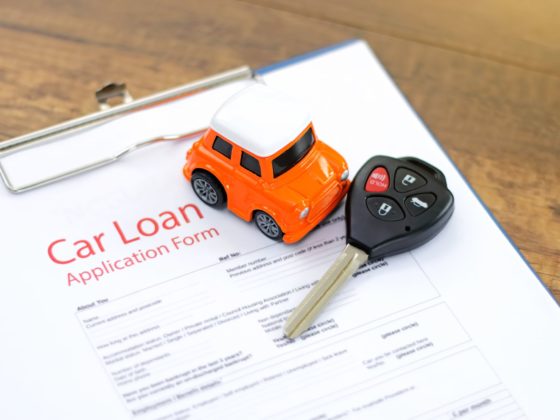What is the origination fee on the loan? It’s the fee that you have to pay in order to get money. Yes, it’s that simple! So if you want a loan and you don’t have much money or assets, then chances are high that you will need to pay an origination fee. In this article, we’ll discuss what origination fee is, how much they cost, and how they work in relation to loans.
What Is the Origination Fee on Loans?
An origination fee is a percentage of the loan amount and it is paid to the lender.
As a rule of thumb, this fee should not be more than 5% of your total loan amount. The fee covers all costs associated with processing your application and administering the loan, including verifying your identity, credit report and employment history; processing payment documents; collecting any required collateral etc.
The most common type of personal loan origination fee is an upfront charge that’s paid when you apply for financing. This type of origination fee will be disclosed on your signed agreement with no surprises at closing time! “The fee represents a one-time charge to the borrower,”
as stated by Lantern by SoFi experts.
How Do You Get Money Back from Origination Fees?
You can get money back from your origination fee, but it’s not easy.
The best way to do this is by refinancing your loan. Refinancing means you take out a new loan and use that money to pay off the old one. You’ll have to pay another origination fee for the new, larger loan amount—but at least some of your money will come back!
There are some exceptions: you might be able to get some or all of your origination fee returned if you refinance into a different type of mortgage or if the lender forgives part or all of the remaining principal balance on a particular loan type.
How Do You Calculate Your Loan Origination Fee?
To calculate the loan origination fee, you simply need to divide 1 by the total number of months in your term. For example, if you’re taking out a 30-year mortgage with a 6% interest rate, your monthly payment will be $1,611 ($300k x 4%). The loan origination fee is expressed as either a percentage or an amount. In this example, they are using 6%, which means that 3% of each monthly payment will go toward paying off the lender’s costs. This is standard across most loans, so don’t worry too much about it!
Can You Avoid a Loan Origination Fee?
There are a number of ways to avoid paying the loan origination fee. You can negotiate with your loan officer or lender to have it waived, request that they subsidize the fee if you meet certain conditions (like meeting a set amount in savings), or ask them to use an alternative calculation method.
Some lenders offer loans with no origination fees at all, so if you’re looking for a new mortgage or auto loan, shop around and do some research before signing on any dotted lines.
Hopefully, now you have a better understanding of what an origination fee is and how it can affect your loan. ]











